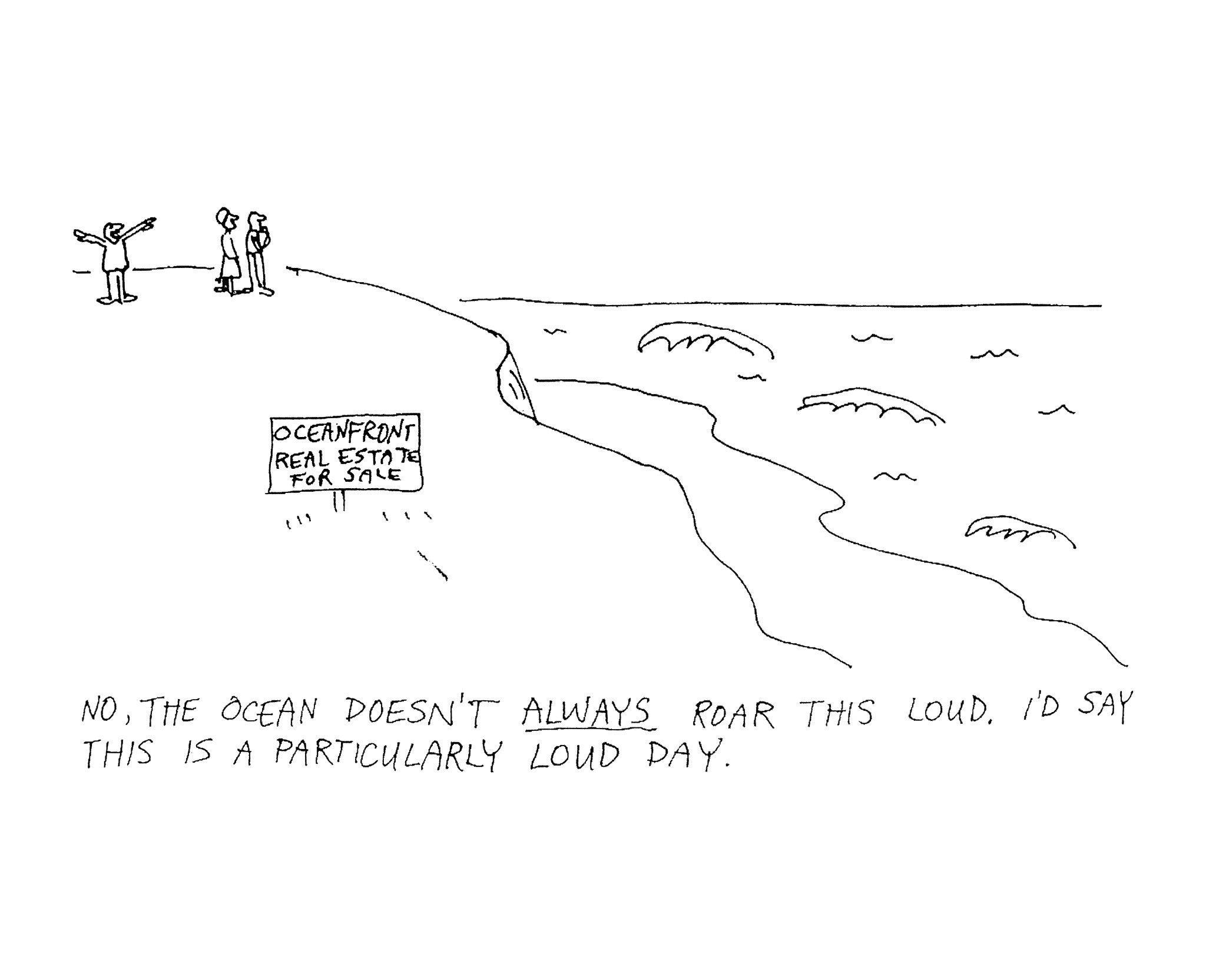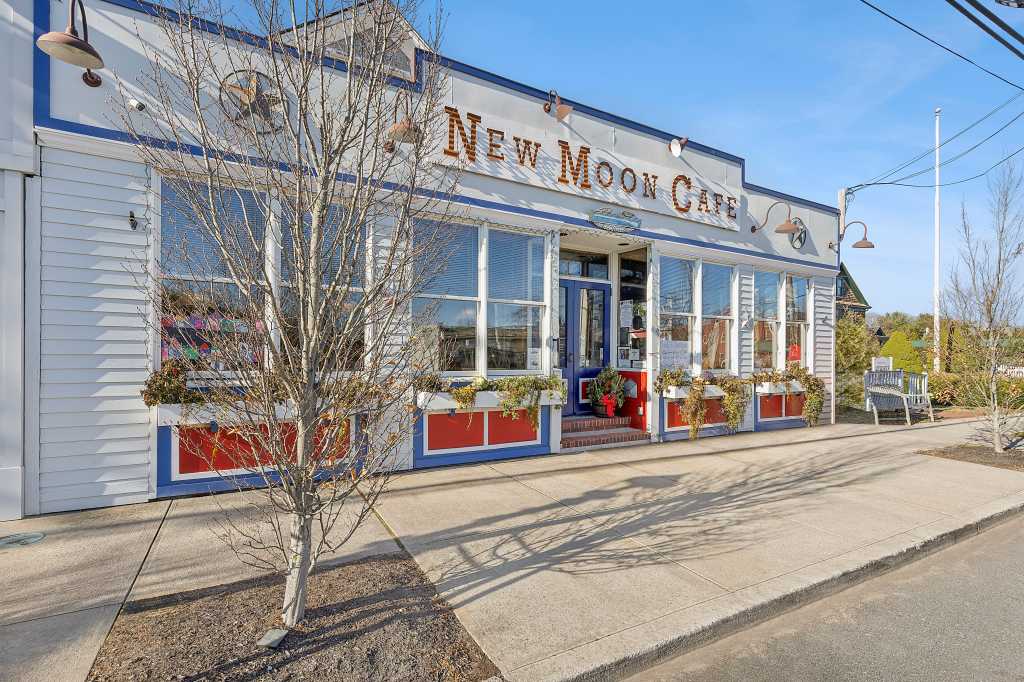Herm Bishop's Jetties & Montauk Dredging

For the last four weeks, an enormous swarm of dredges, ships and earthmovers from the Army Corps of Engineers have been in Montauk pumping tons of sand from the ocean bottom to the shoreline of downtown Montauk to restore what had once been a grand mile-long beach there — the pride of Montauk.
This work should be finished just about the time you read this. The motels, nightspots and markets that for the last six years only survived because a mile-long wall of temporary sandbags kept the sea at bay will now have their beach back for everyone to enjoy long into the future.
We hope. Well, we will see what we will see. The finished product, a beach 100 yards wide that slopes down into the surf for that entire mile, will be done. And off the Army Corps will go, including one bright red 145-foot-long ship called a trailing suction hopper dredge.
What is not so well known is that this $12 million project to restore downtown Montauk is part of a much larger $1.7 billion project, the Fire Island Inlet to Montauk Point (FIMP) project that has been on the books and postponed and then postponed again since 1960. Why the delay?
And then I remembered. In 1960, I was a 20-year-old resident of Montauk and marched and demonstrated with more than 1,000 people to stop a horrendous installation of jetties at the beach. And we succeeded. Suffolk County called a halt to it. But then, calling a halt caused a catastrophe. Nearly 200 oceanfront homes, all next to one another, collapsed and fell into the sea. It was called the greatest oceanfront catastrophe ever to take place in America. And so, the government lost courage about moving forward with FIMP for years and years.
Things were very different in America then. There was no global warming. People believed in the government. But sometimes they felt they were being lied to. When it came to the Vietnam War, we paraded and protested. Here in the Hamptons, we were shocked when we saw the first few jetties going in.
FIMP’s plan was to build giant stone jetties sticking about 400 feet out into the ocean every quarter mile from Fire Island to Montauk to protect the beachfront homes. A man in the construction business, Herm Bishop, then the county’s Department of Public Works commissioner, got the contract to build the first phase of this operation, the installation of 92 jetties between the Shinnecock Inlet and the Moriches Inlet.
He installed the first one at Quogue, midway between Shinnecock and Moriches. More were put in going west every month further on. To us, it looked terrible. The Hamptons, a natural wonderland, was being desecrated. It made the Hamptons look like the Jersey Shore. Furthermore, it was using our tax money to help the rich oceanfront homeowners save their properties. They should pay for this. Not us. And so we marched through the downtowns. I remember my sign: “Soak the Rich.” And as I said, we won.
Twelve jetties were in when the stop order occurred. Maybe these 12 could be torn out. Fat chance of that though.
Sand along our coastline moves east to west. As the days went by, the sand began filling in between the most easterly jetties as intended. Soon, sand filled in between all the jetties. But after that last one, with no further jetty to hold it, the sand simply swept westward leaving the homes naked and at the mercy of the tides and waves. It wasn’t long before the first of the homes crashed into splinters and got swept away. And others soon followed.
Between 1970 and 1990, 190 homes occupying more than two miles to the west of that last jetty collapsed, one after the other. Dune Road there in Westhampton Beach along that stretch also gave way, the sidewalk shattered, the telephone poles fell, water lines broke and amidst the debris of this staggering number of homes all wrecked next to one another were beds, stoves, furniture, cesspools, decks, pipes and wires.
Of course the Southampton police erected a barricade across Dune Road where this catastrophe began, hard by the last jetty. It was too dangerous for anyone, homeowners or not, to be allowed beyond that point. And there were numerous reports of thieves, operating in the dark of night, coming across Shinnecock Bay by boat to loot what was left. Once, down at the barricade taking pictures of the fallen houses, I saw a woman carrying a baby, weeping and screaming at a police officer to let her through. It was a terrible time. And then, it got worse. One day, the waves from the ocean simply roared through west of the barricade to make a new inlet to the bay a mile wide.
I remember that by 1992, every former homeowner had sued the town, county, state and federal government. It was a legal field day. It would take decades to get decisions. Then a man who owned a chain of restaurants up-island and a vacation home here, Gary Vegliante, decided on a remarkable plan to fix it all, immediately. He wrote letters to the other former homeowners. We must create an incorporated village. Then we can fold all the lawsuits into one. And win.
This area, with not a home left on it, became the Village of Westhampton Dunes. Shortly thereafter, Vegliante, now the mayor, sent out a letter to President Bill Clinton: “Help. Our village has been destroyed!” And it worked.
Around 1999, the Army Corps of engineers arrived with enormous 30-foot-tall steel panels each a football field long. They were pile driven into the seabed across the new inlet, closing it. The top 15 feet of these panels rose above the water line. And atop these panels, dredges and steam shovels poured tons of sand to cover the steel, thus creating new sand dunes, upon which new homes could be built.
They are there today, bigger and better than the ones that had fallen into the sea. And they are not going anywhere. Drive down Dune Road and go see this for yourself.
Now it is Montauk’s turn, and they’re using sand, not steel. We shall see what we shall see.
For more of Dan Rattiner’s stories, go to DansPapers.com/voices/dan-rattiners-stories.
HELP PRESERVE DAN’S PAPERS 1960–2024
Stony Brook University intends to digitize the complete set of Dan’s Papers back issues (1960–2024) preserved in the Dan Rattiner Collection within their climate-controlled Whitman Library. A total of $130,000 is needed. Currently, $73,000 has been raised. Every dollar helps. Contribute? Write a tax-deductible check to “Stony Brook Foundation” marked “for Dan’s Papers archive” and mail to Stony Brook Foundation, 230 Administration, Stony Brook University, Stony Brook, NY 11794-1188 or visit sbugiving.com/danspapers.









